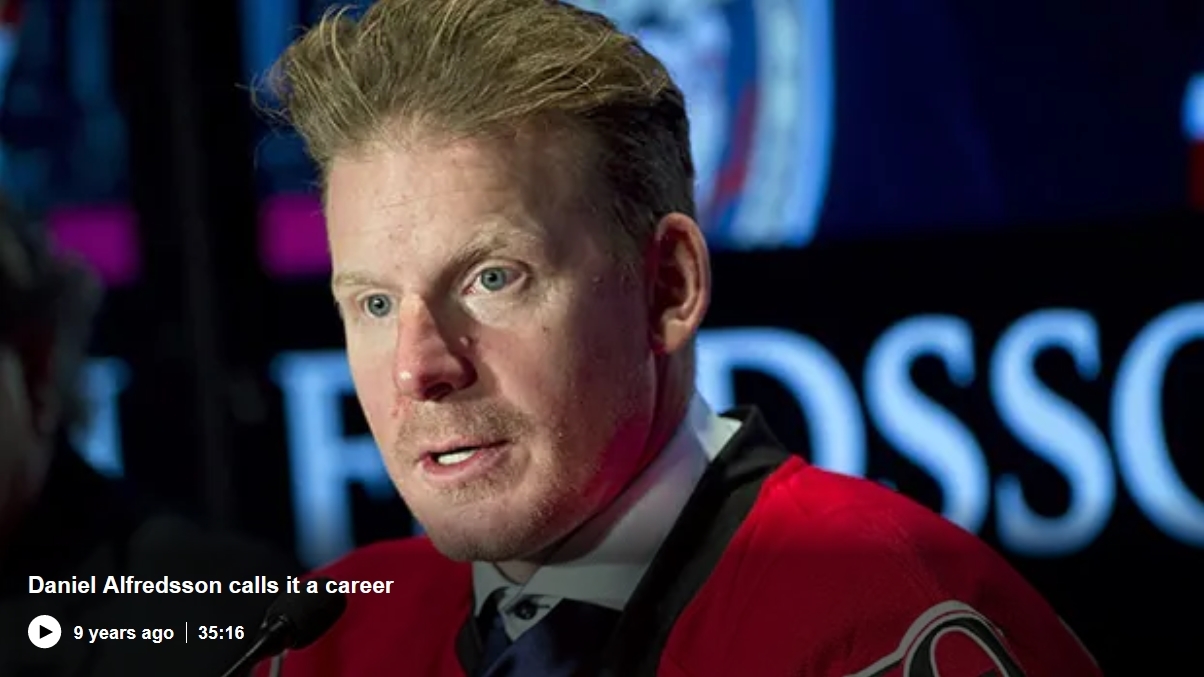The term Main Character Syndrome has entered into modern terminology somewhat recently, referring to “a series of behavio[u]rs in which you see yourself as the main character in the story of your life.” It’s an approach to life where, taken to its extreme, the person in question sees everything as being about themselves in some way.
While not inherently a bad trait when managed properly, the issue arises when it’s mixed with a lack of self-awareness, which then manifests itself through downplaying others’ stories to brighten one’s own story and attempting to remain in the spotlight to the exclusion of everyone else’s time to shine.

Social media, in my opinion, can sometimes nurture this trait, largely for the same reasons experts worry about the toll that social media is taking on mental health. It’s well-documented that social media can cause spikes in anxiety and insecurity while also contributing to low self-esteem. These same traits, according to the Cleveland Clinic, are associated with Main Character Syndrome. Coincidence? I think not!
In personal social media use, the constant desire to present oneself in the best light also leads us to compare ourselves to others, trying to portray ourselves not only as having a good life, but a better life than the next user. It’s a very difficult cycle to fall out of, one which has been examined by more learned minds than me with no easy answers on how to mitigate the impacts it can have on day-to-day life.

Main Character Syndrome in Professional Settings
In more professional uses of social media, the same concept can apply. Someone representing an organization can so easily fall into the trap of only caring about their own end goals, their own needs, their own message.
All of these are important aspects in online communication, so please don’t get me wrong here! The crossover occurs not when an organization’s social media presence is self-interested, but rather when it is exclusively self-interested. As we’ve discussed throughout the program, users feel most seen and respected when communication is two-way, genuine, and focuses more on making things right than on showcasing the brand in the best light. A social media manager who misses the mark on this, then, risks alienating users and becoming a monolith shouting into the void.

Finding the Balance
The solution here, as with many issues surrounding social media, lies in self-awareness. Ideally, social media is a tool to share ideas, foster conversation, and expose oneself to differing views and opinions to strengthen understanding around a topic. As a brand manager, this usually means a hyper-focus on one specific niche, which makes it a lot easier to engage in conversation, sharing our own ideas without the false pretense in our minds that we are the lone, true expert and the only voice worth hearing in the sphere.
On the other hand, understanding how this relatively new term works in conjunction with a brand can make for some powerful messaging. Consider, for example, this campaign by e-reader brand Kobo:
Rather than shy away from the term, Kobo uses Main Character Energy as a draw, implying its audiobook users can feel like the main character of the story without necessarily exhibiting any of the negative elements associated with the term.
The key here, and the reason why this campaign works, is because the brand manager behind Kobo understands that users don’t want to feel like a brand is the main character — they want themselves in that role. They want to feel important, valued, at the centre of the value proposition.
Athletic giant Nike approaches their advertising campaigns in similar fashion, featuring the athletes using their products rather than display their own brand at the fore. Thrusting its users into the main character spotlight while keeping the brand on the sidelines can be effective, especially when the brand is already well-established.
Conclusion
Though Main Character Syndrome is a personality trait that can cause problems in private life, it also offers a wealth of opportunity in business marketing, provided that it’s pointed in the right direction. Empowering users isn’t a new concept in the space, but in conjunction with the terminology it can identify a brand as being responsive, caring, and keeping up-to-date with social media trends, all of which bode well for a brand’s recognition and social media output.
Have you heard this term before? Are there any downsides to leveraging its impacts in a professional setting? Let me know in the comments!
As the blogging portion of this course winds down, I also want to take a moment to thank everyone who has taken a few minutes out of their day to read my ramblings. Your thoughtful responses are appreciated and I hope you’ve enjoyed reading as much as I’ve enjoyed writing!

Patrick Smith
I am a graduate of Algonquin College’s Journalism and Interactive Media Management programs. I work as a project manager at a national not-for-profit organization, with job responsibilities that include social media management.
Facebook:
📊 In a world where tracking metrics can become addictive and blur the lines between reality and selective reality, maintaining a healthy relationship with social media has never been more important.
📝 Click through to read more about main character syndrome and how brands leverage it to positive effect.
X/Twitter: Struggling to stay grounded? Comparing your own behind-the-scenes with everyone else’s best-of? Read on to find out about the role main character syndrome may be playing in your social media use. https://bit.ly/3xuhsGd
#SocialMediaMarketing #SharetheSpotlight
(character count: 260)






